Six Black 36-inch Balloons Installation
Each of the six 36-inch black balloons contains a 20W speaker. The balloons are arranged in three pairs, forming a circular configuration (as shown in the diagram). Outside each balloon, a wire frame is suspended to provide support and structure.
This installation symbolizes the impact of societal pressure and rigid frameworks on individuals. The circular arrangement signifies repetition, while the wire frames pressing against the balloons promote their deformation and eventual explosion. The sound effects from the speakers inside the balloons evolve with the changes in the balloons. As a balloon inflates, the sound becomes increasingly distorted. When a balloon bursts, the corresponding audio track from that balloon transitions into the first sound element of the surrounding environment. Subsequently, as other balloons burst one by one, the tracks layer progressively, culminating in a complex soundscape.
Installation Title:
Pressure
About the Air Pump Noise :
I plan to use a 48L/min 12V5A air pump with a noise level of approximately 65dB. Since the noise may be too loud (potentially overpowering the sound from the speakers inside the balloons), I intend to encase the pump in a soundproof box to reduce high-frequency noise. Simultaneously, I plan to integrate the low-frequency noise from the pump into the overall sound environment by attenuating low frequencies and enhancing high frequencies during the speaker audio mixing process. This way, the unavoidable noise becomes a deliberate component of the soundscape.
Final Exhibition Plan:
I will control the inflation and deflation intervals of the balloons (each inflation cycle lasting a short, random duration, such as 1–3 minutes). Over the four-day exhibition, I aim to have all the balloons burst by the end of the first three days. On the final day, the installation will consist of six exposed speakers delivering a multichannel surround sound experience. The air pump will continue to randomly turn on and off, contributing to the soundscape. Additionally, a projector will display a video of the balloon explosions recorded in the studio onto the wall behind the installation (either muted or with headphones available nearby).
This approach ensures the installation evolves continuously during the exhibition. The sound effects and visual appearance will vary daily and even moment-to-moment. Through this dynamic design, I aim to experiment with creating an installation that behaves like a performance, constantly changing, transient, and combining visual and auditory effects.
Preliminary Testing
Materials:
- Air pump (a temporary 1.5L/min air pump from Amazon, as the 48L/min model is still en route to the UK; both are 12V)
- 5V relay
- Adjustable power supply
- Arduino microcontroller
- Breadboard
- Jumper wires
Wiring Diagram:
Power Supply Connection
- Positive (+12V) terminal of the power supply → Positive rail of the breadboard.
- Negative (GND) terminal of the power supply → Negative rail of the Air pump.
Relay Module Connection
Input (Control Side):
- VCC → Arduino 5v.
- GND → Arduino GND.
- IN1 → Digital pin on Arduino (e.g., D3).
Output (Load Side):
- COM (Common Terminal) → Positive rail of the breadboard.
- NO (Normally Open) → Positive terminal of the air pump.
- NC (Normally Closed) → Not connected.
Air Pump Connection
- Negative terminal of the air pump → Negative rail of the power.
- Positive terminal of the air pump → NO terminal on the relay module.
Arduino Connection
- 5v → VCC of relay.
- GND → GND of relay.
- D2 → IN1 on the relay module (to control the first channel).
Test Code:
// Define relay control pins
const int relayPin = 3; // Control relays using digital pin D3
void setup() {
pinMode(relayPin, OUTPUT); // Set relay pins to output mode
digitalWrite(relayPin, LOW); // Initial state off relay
randomSeed(analogRead(0)); // Initialise random numbers to increase randomness
Serial.begin(9600); // Initiate serial communication
Serial.println(“The programme starts and the random relay control begins…”);
}
void loop() {
// Randomly generated relay on time (0-60 seconds)
int onTime = random(0, 61); // Generate a random number of seconds in the range of 0-60 seconds.
// Randomly generated relay closing time (0-60 seconds)
int offTime = random(0, 61); // Generate a random number of seconds in the range of 0-60 seconds
// Open relay and print status
digitalWrite(relayPin, HIGH); // Open Relay
Serial.print(“Relay on, hold time:”);
Serial.print(onTime);
Serial.println(“s”);
// Countdown to open status
for (int i = onTime; i > 0; i–) {
Serial.print(“Start the countdown:”);
Serial.print(i);
Serial.println(“s”);
delay(1000); // Delay 1 s
}
// Close relay and print status
digitalWrite(relayPin, LOW); // Close relay
Serial.print(“Relay closes, hold time:”);
Serial.print(offTime);
Serial.println(” s”);
// Closed state countdown
for (int i = offTime; i > 0; i–) {
Serial.print(“Close the countdown:”);
Serial.print(i);
Serial.println(“s”);
delay(1000); // Delay 1 s
}
}
Test Video:
Modeling of the final desired rendering:
Internal structure of the balloon:
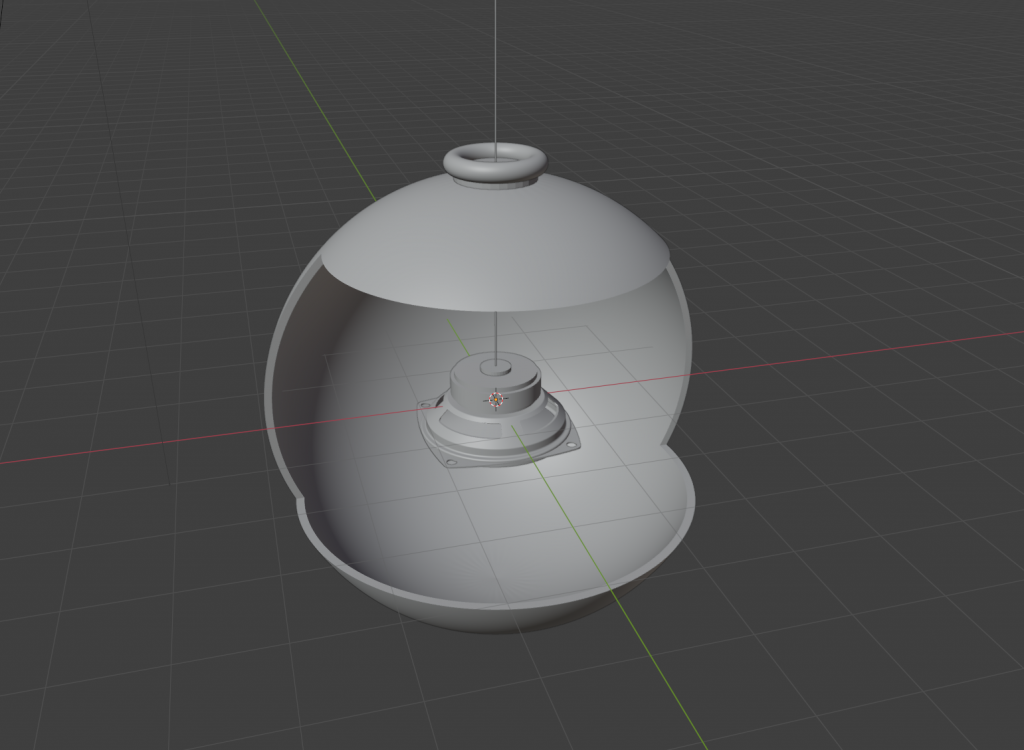
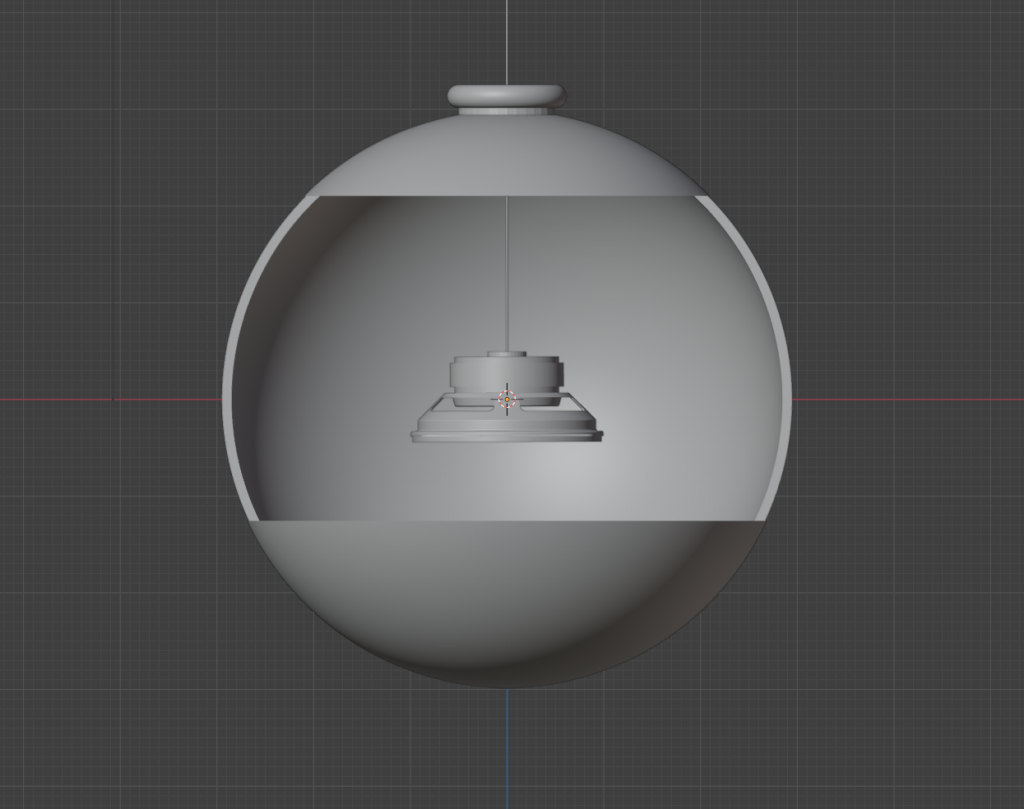
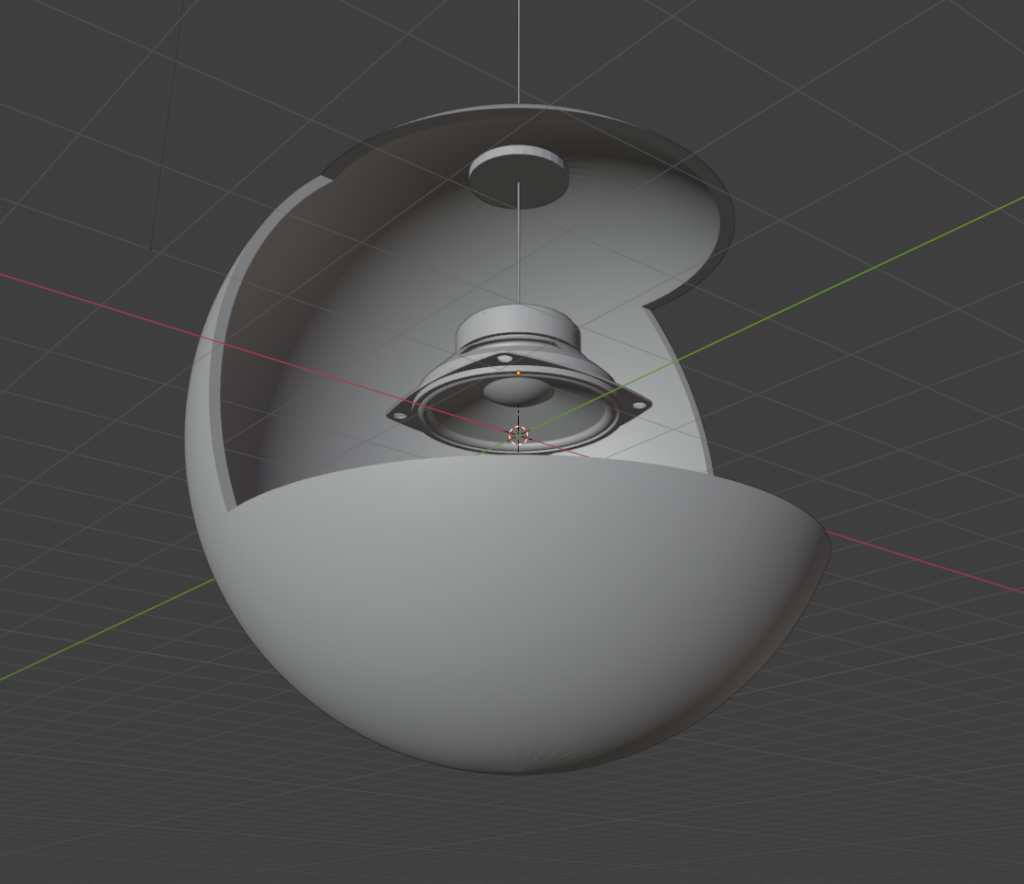
Total effect: not blown
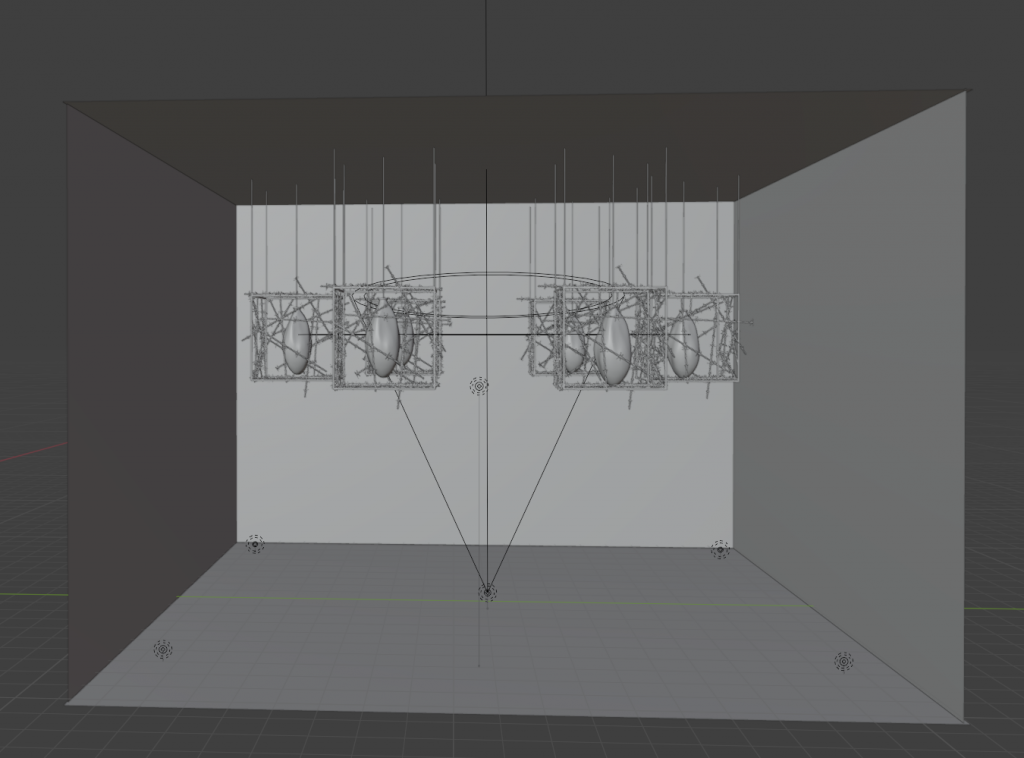
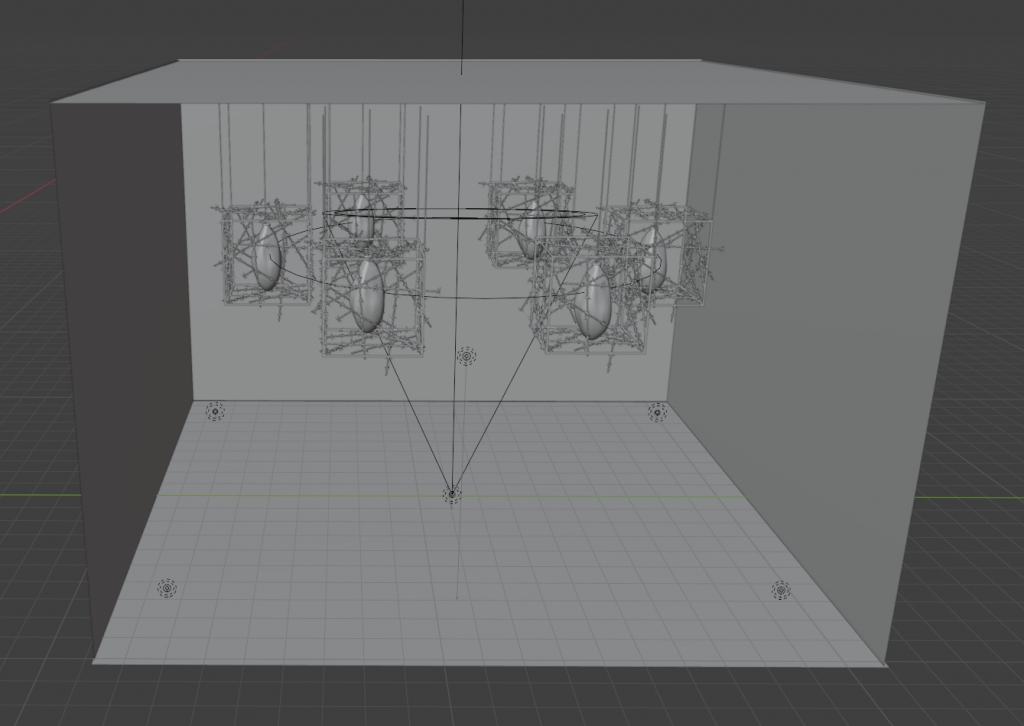
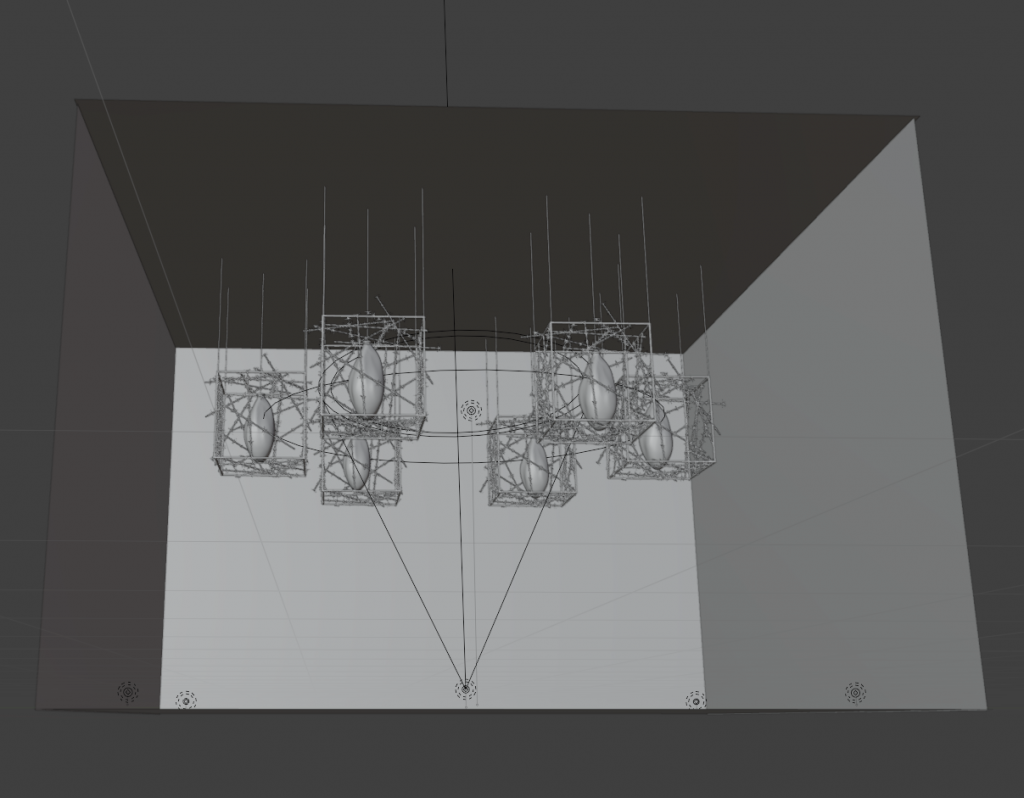
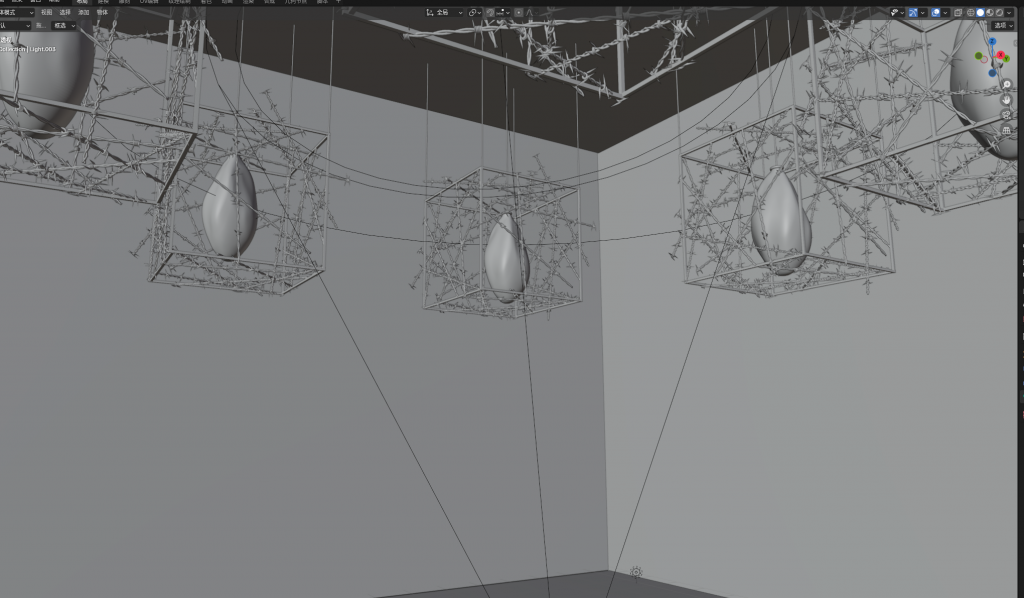
Total effect: insufflated
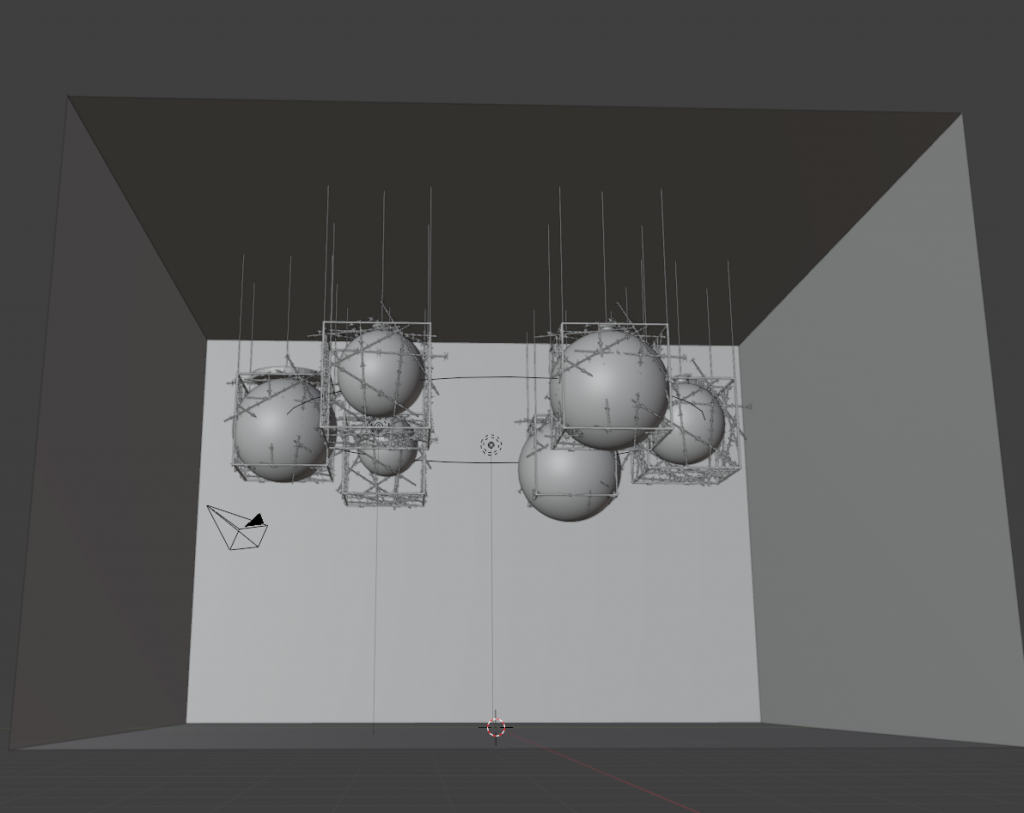
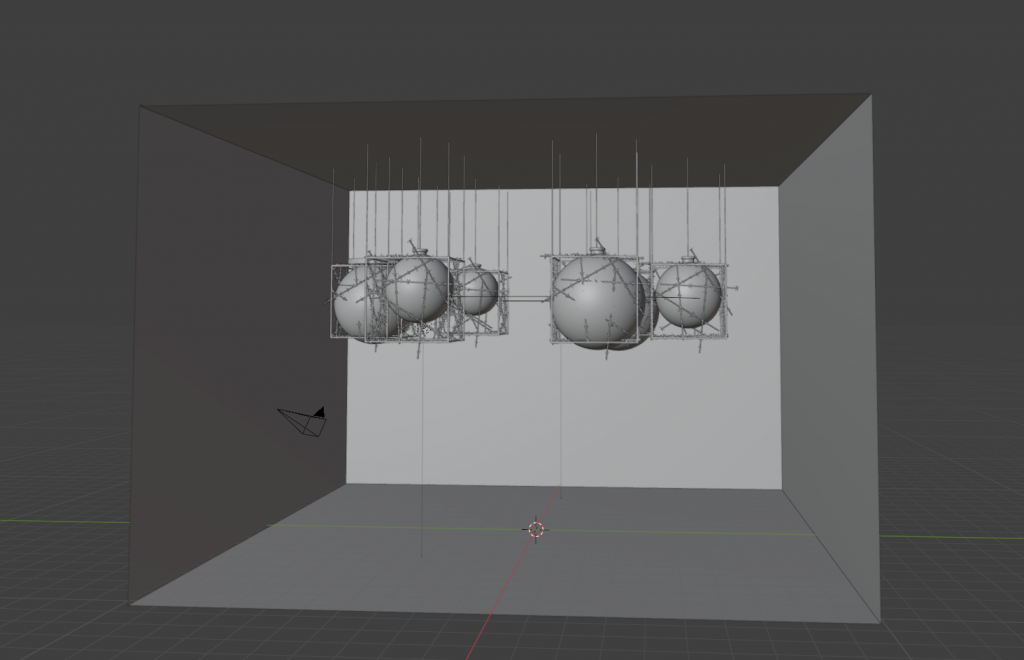
Total effect: After balloons bursts
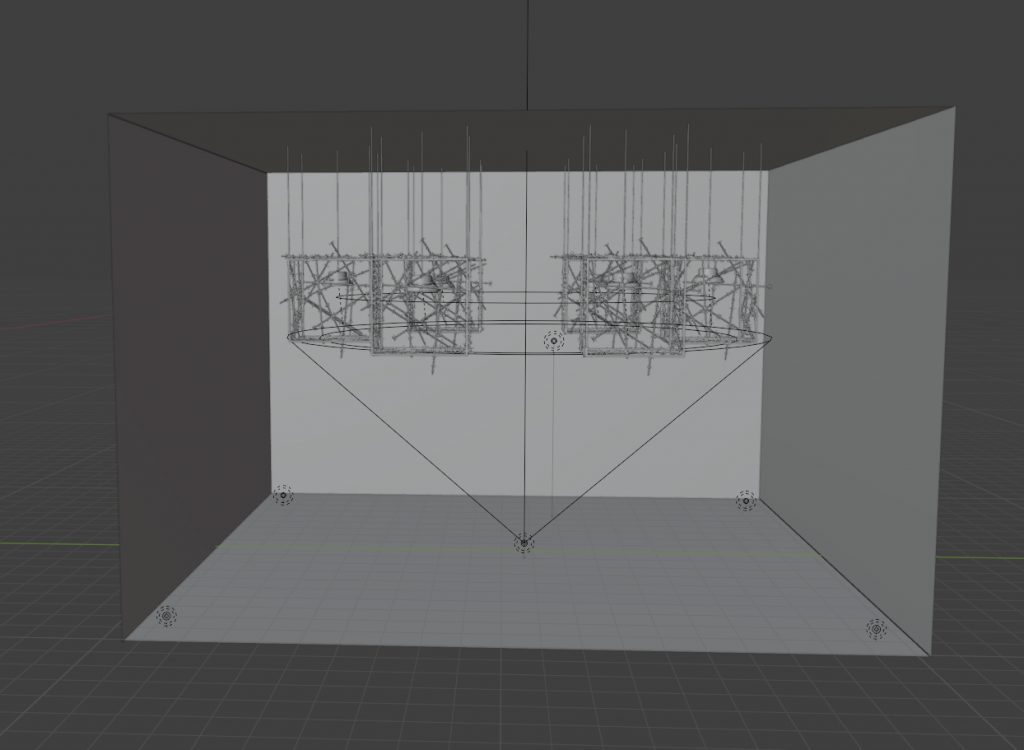
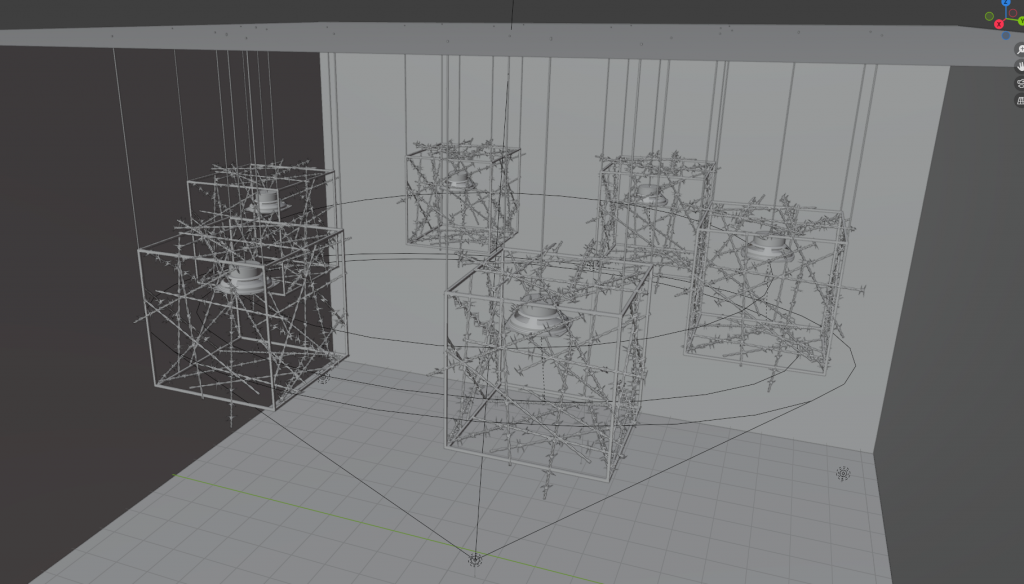

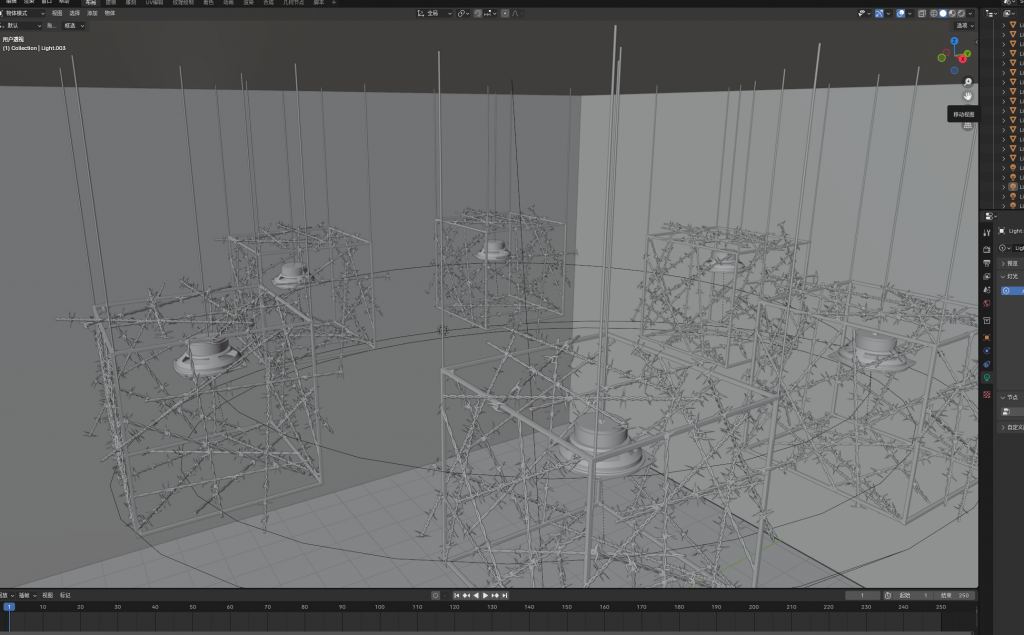
Render video:
